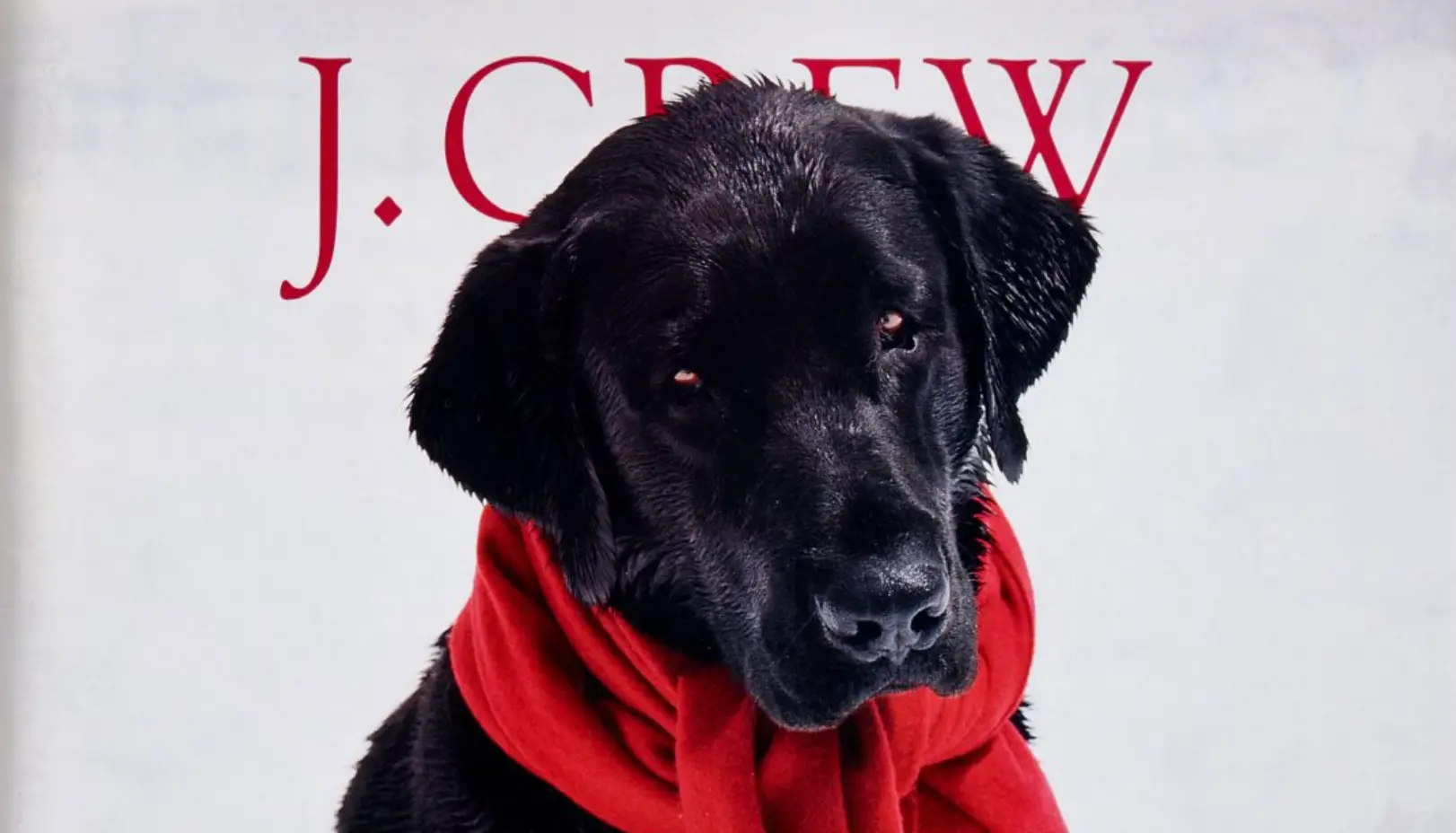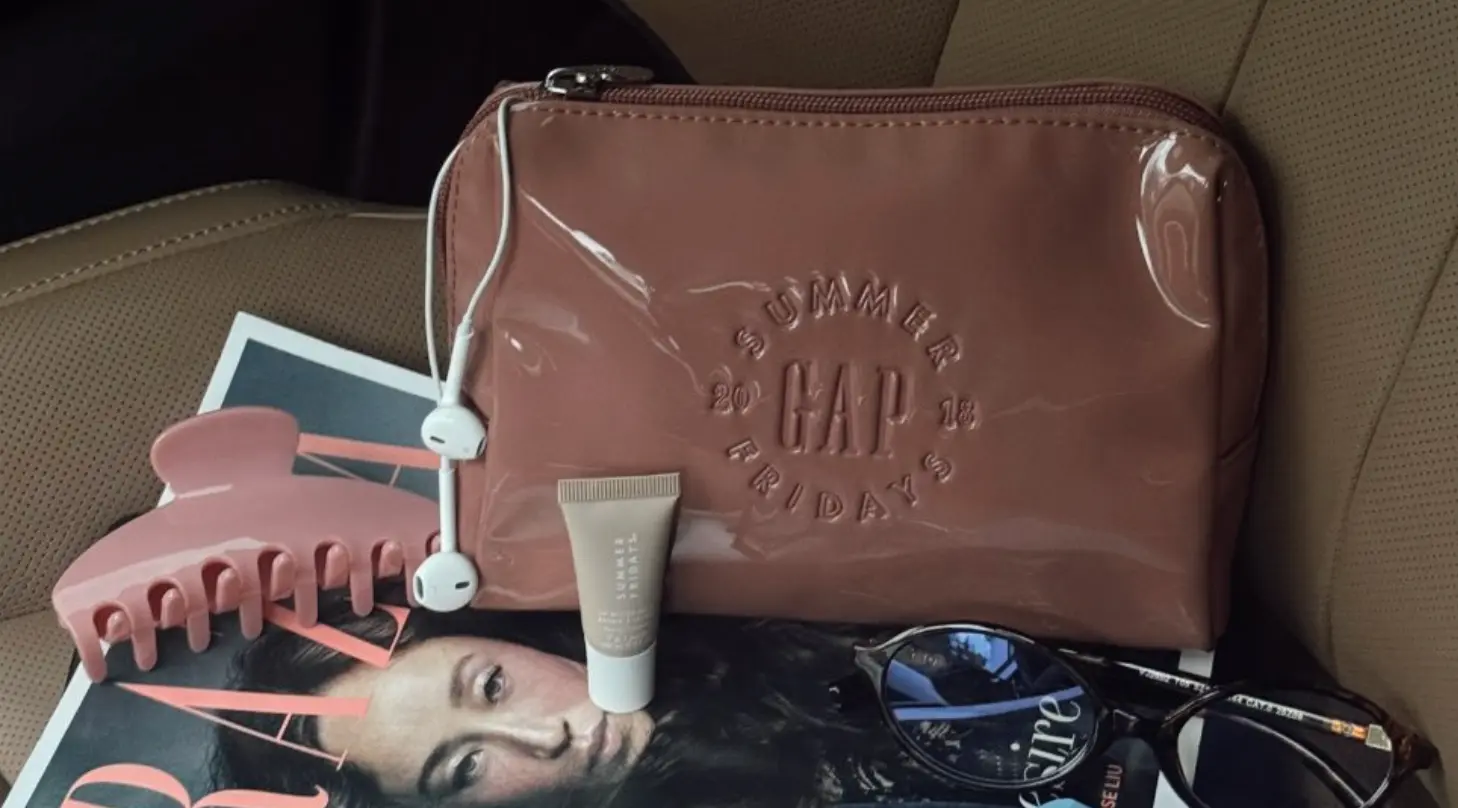The Rise of Deepfake Marketing - What Are the Cons and Pros?
Updated on
Published on

- Global awareness of deepfakes increased from 13% in 2019 to 29% in 2022[1].
- 57% globally believe they can spot a deep fake, a rise from 37% in 2019[1].
- 62% agree deepfakes are dangerous, and 58% view them as a growing concern[1].
- Only 9% believe deepfakes aren't accurate enough to fool anyone[1].
- Only 13% of respondents are not concerned about deepfakes[1].
- A criminal reportedly paid around $16,000 for a high-end deepfake[1].

Deepfake technology has become a captivating yet controversial force in the world of marketing. As the lines between reality and manipulation blur, the use of deep fakes in marketing raises significant ethical concerns. This article explores the emergence of deepfake technology, its application in marketing, and the ethical dilemmas associated with its use, with a focus on celebrities such as Taylor Swift, Selena Gomez, Elon Musk, and Joe Rogan who have been deepfaked in various marketing campaigns.
Deepfake, a combination of "deep learning" and "fake," is a technology that leverages artificial intelligence and deep learning to create realistic fake content, especially in videos. The term originated in 2017, marking the beginning of a new era in media manipulation. Deepfake technology is primarily used in two forms: deepfaces, which replace or create virtual faces, and deepvoices, which alter or mimic voices in videos. These advancements in AI-driven synthesis have opened the door to unprecedented possibilities in the world of media creation.
While the term "deepfake" may be relatively recent, the technology has been employed in the film and television industry for years. Notable examples include resurrecting deceased actors, like Brian in Fast and Furious 7 and Leia in Rogue One. As technology has advanced, deepfake tools can now even create entirely fictional faces convincingly. The continuous evolution of deepfake technology has led to more sophisticated and convincing results. AI's deep learning capabilities enable the study and recreation of human features, creating content that blurs the line between fiction and reality. However, this progress raises ethical questions about the responsible use of such technology.
While deep-fake marketing offers unprecedented opportunities for creativity and personalized content, it also poses significant risks. The potential to deceive audiences, spread misinformation, and erode trust in the media is a growing concern. Striking a balance between innovation and responsible use becomes paramount in navigating the uncharted territory of deepfake marketing.
The Rise of Deepfake Marketing

Deepfake technology has found its way into the realm of advertising, revolutionizing how brands interact with their audiences when done legally and ethically. Marketers are increasingly exploring the potential of deepfakes to create captivating and personalized content. The ability to seamlessly integrate deepfake elements into advertisements has opened new avenues for storytelling and audience engagement. Notable deepfake marketing campaigns in the case of Salvador Dalí for the Dalí Museum brought Salvador Dalí back to life for a more engaging and interactive visitor experience. By overlaying thousands of frames of video footage onto an actor's face, the deepfake creates an immersive encounter with the iconic artist. This demonstrates the potential of deepfakes to enhance the user experience in various industries, transcending traditional boundaries.

Taylor Swift's Deepfake Campaigns
Taylor Swift is one of the notable figures to have fallen prey to deep-fake marketing campaigns. Her image has been used without permission for advertising campaigns that promote products she does not endorse or to fake situations she has not been in. The success of these campaigns often depends on how well Taylor Swift's image is incorporated into the intended message, as only 9% believe deepfakes aren't accurate enough to fool anyone[1]. Nevertheless, the unapproved utilization of her appearance violates her rights and harms her brand reputation. This trend highlights the negative aspect of hyper-personalized marketing, where the line between creative advertising and unethical practices becomes unclear. These deepfake campaigns not only damage Taylor Swift's brand but also generate illegal profits for the creators. Using a celebrity's image without permission to make money is a direct infringement of their intellectual property rights, and it may be necessary to take legal measures to safeguard the celebrity's interests.
Selena Gomez's Deepfake Experiences

Tragically, deep-fake marketing campaigns have also used Selena Gomez's face and voice. With her popularity, brands use deep-fake technology to customize messages for different target audiences to promote products she does not endorse or make her say something she did not say. These deepfakes not only undermine the integrity of Selena Gomez's image but also fuel the spread of unethical marketing practices. The impact extends beyond the celebrity herself, impacting the trust of fans and the wider public. The unauthorized use of Selena Gomez's image for commercial purposes without her consent raises significant concerns regarding privacy, image and consent.
Elon Musk's Deepfake Campaigns
The release of illegal deepfakes depicting Elon Musk in various scenarios not only jeopardizes his public image but also presents major legal and ethical considerations. Musk's image is completely intertwined with public trust, as he is a prominent figure with significant influence in technology, business, space exploration, and artificial intelligence fields. Deepfakes depicting Musk engaging in inappropriate or criminal acts have the ability to destroy his reputation and cause irreversible harm. The consequences go beyond personal reputation damage, potentially harming Tesla, SpaceX, and X (formerly known as Twitter) and his other companies. The use of deepfake technology to create fraudulent content not only weakens Musk's credibility, but it also shows the broader concerns connected with synthetic media in an age where important figures impact public opinion and contribute significantly to technological breakthroughs. The necessity for strong legal frameworks and technological solutions becomes clear as society grapples with the possible consequences of deepfake misuse by high-profile individuals such as Elon Musk.
Joe Rogan's Deepfake Encounters
Deepfake marketing, which uses his image among other things, has become a concern for podcaster Joe Rogan. Some unscrupulous companies have illegally used his digitally changed face to endorse products or convey messages while imitating his real look. However, there are rising concerns about the impact on Rogan's credibility and the confidence he has earned from his audience. Distinguishing between genuine content and deepfakes presents a difficulty for audiences, causing a loss of faith in both celebrity and advertising. The broadcast of a deepfake video in which Joe Rogan promoted a men's libido booster on his podcast increased worries about the technology's susceptibility to fraud and misinformation. Despite its impressive appearance, guest Professor Andrew D. Huberman refuted the video on Twitter, admitting that the entire exchange was staged. The resulting online outrage emphasizes the illegality of using artificial intelligence to advocate for things without authorization. Legal experts emphasize the violation of publicity rights and the difficulties of fake endorsements, particularly when notable people's likenesses are used to sell things that they do not actually support. This incident highlights broader worries about the possible misuse of deepfake technology, which is capable of warping public people's images for misleading purposes, eroding confidence and presenting threats to national security.

The utilization of deepfakes in celebrity marketing campaigns brings up important concerns regarding the trust of the audience and the credibility of the brand. With the growing awareness of media manipulation, there is a concern that trust between brands, celebrities, and their audiences may be undermined. Ensuring transparency in the development and utilization of deepfake content is crucial for addressing these concerns. Deepfake technology treads a delicate balance between pushing boundaries and blurring reality. Although it presents endless possibilities for creativity and tailored content, there is a potential risk of engaging in misleading tactics. Brands must tread this delicate line cautiously, making sure that deep-fake campaigns improve rather than undermine the overall consumer experience. Ethical considerations go beyond the effects on brands and audiences and also involve the well-being of the celebrities themselves. It is of utmost importance to grant celebrities the authority to determine the usage of their likeness in deep-fake marketing. Creating ethical guidelines and legal frameworks is crucial to protecting the reputation and rights of celebrities and ensuring that their images are not used unethically.
Pros and Cons of Deepfake Marketing

Deepfake marketing presents a dynamic landscape with both advantages and disadvantages that reshape the marketing terrain. Understanding the potential benefits and pitfalls is crucial for navigating this cutting-edge technology.
Advantages
1. Lowering Costs in Video Campaigns
One of the most significant advantages of deepfake marketing is its potential to substantially reduce costs in video campaigns. Traditional video production often involves high expenses related to hiring actors, set construction, and post-production editing. Deepfakes eliminate the need for extensive shoots, enabling marketers to produce engaging content with lower budgets. This cost-effectiveness opens up opportunities for smaller businesses to create high-quality, visually appealing campaigns that rival those of their larger competitors.
2. Creating Better Omni-Channel Campaigns
Deepfakes offer marketers the flexibility to repurpose content across various channels seamlessly. Without the constraints of in-person actors, the same campaign can be adapted for social media, podcasts, radio, and more. This adaptability streamlines the creative process, saving time and resources. Marketers can create a cohesive brand narrative across multiple platforms, enhancing the overall impact of their campaigns.
3. Hyper-Personalized Experiences for Consumers
Deepfake technology allows for hyper-personalization, tailoring content to individual consumers based on their preferences. Brands can adjust the appearance, voice, and even location of characters in their campaigns, creating a more relatable and personalized experience for diverse audiences. This level of customization enhances consumer engagement, as individuals feel a deeper connection to the content when it aligns with their unique characteristics and interests.
Disadvantages
1. Manipulation of Government Elections
A concerning aspect of deepfake technology is its potential to manipulate government elections. As the technology becomes more sophisticated, there is a growing risk of malicious actors using deepfakes to fabricate political speeches, statements, or actions by public figures. This manipulation could significantly impact public opinion, sway electoral outcomes, and undermine the democratic process. The use of deepfakes in the realm of political campaigns poses a severe threat to the integrity of elections, demanding heightened scrutiny, and the development of safeguards to protect the democratic foundation from undue influence and manipulation. The ethical and legal implications of such manipulations extend beyond individual brands, affecting the very core of democratic institutions. Addressing this risk requires a collaborative effort involving technology experts, policymakers, and the public to establish robust defenses against the misuse of deepfake technology in political contexts.
2. Lack of Trust and Ethical Concerns
The most significant drawback of deepfake marketing is the potential erosion of trust. As deepfakes blur the lines between reality and fraud, consumers may find it challenging to discern authentic content from artificially generated material. Marketers must navigate ethical considerations to ensure that deep-fake campaigns do not compromise the trust built between brands and their audiences. Transparency becomes paramount to maintaining ethical standards and preventing unintended consequences.
3. Deepfakes as Tools for Scams and Fake News
The rise of deepfake technology has introduced new avenues for scams and the spread of misinformation. Malevolent actors can misuse deepfakes to create fake customer complaints, product reviews, or even fabricate entire incidents. This misuse not only damages brand identities but also poses risks to consumers, who may fall victim to fraudulent activities. Addressing the potential for misuse requires vigilance, ethical guidelines, and proactive measures to counteract deceptive practices.
4. Legal Implications and Consent Issues
Deepfake marketing introduces complex legal challenges, particularly concerning the use of celebrity likenesses and issues of consent. The unauthorized use of a person's image in a marketing campaign raises questions about privacy rights and the potential for legal action. Brands must navigate a legal landscape that is still evolving to establish clear guidelines on the ethical and legal use of fake technology in advertising.
VI. Exploring Positive Use Cases in Deepfake Marketing

Deepfake marketing, when used responsibly, can unlock a realm of positive possibilities that revolutionize how brands engage with their audiences. Deepfakes empower marketers to craft hyper-personalized content for targeted audiences. In the fashion industry, for instance, brands can showcase products on models with various skin tones, heights, and body types, offering consumers a more inclusive and relatable shopping experience. Enhancing product ownership experiences becomes possible through deepfake technology. Brands can use deepfakes to create personalized videos of consumers using or interacting with their products, fostering a sense of ownership and connection that traditional advertising struggles to achieve. For the events and art industries, deepfakes open up the possibility of hosting virtual exhibitions and events worldwide. From interactive deepfake presentations of iconic figures to showcasing products prelaunch, brands can engage global audiences in innovative and immersive ways. Deepfakes provide a platform for entertaining and engaging audiences through creative advertisements. Brands can use deepfake technology to recreate iconic moments, predict outcomes, or even humorously insert historical figures into contemporary scenarios, creating viral and memorable content.
Marketers can take advantage of deepfake technology for market segmentation and personalization. The success of the Zalando campaign, which created bespoke videos for different towns and villages, exemplifies how deepfakes can speak to individuals on a more personal level, fostering stronger connections between brands and consumers. For products with a learning curve, deepfake technology can be employed to educate consumers effectively.
Consumer Perception and Trust in the Era of Deepfake Marketing
Consumer trust becomes a critical focal point in the era of deepfake marketing. The potential for deception and manipulation raises concerns among consumers, who may question the authenticity of the content they encounter. Building and maintaining trust requires transparency, responsible use of technology, and open communication between brands and their audiences. Acknowledging and addressing consumer concerns is essential for brands venturing into deepfake marketing. Open dialogue, clear communication about the use of deepfake technology, and proactive measures to prevent misuse contribute to alleviating skepticism and fostering a more positive perception among consumers. Transparency emerges as a key factor in building consumer trust in the era of deepfake marketing. Brands must communicate openly about the use of deepfake technology, providing clear information about how it enhances the consumer experience without compromising authenticity. Transparent practices contribute to a more informed and trusting consumer base.
The Future of Deepfake Marketing

As technology continues to advance, the realism of deepfakes is expected to reach unprecedented levels. Ongoing developments in artificial intelligence and deep learning algorithms will likely result in even more convincing and indistinguishable deepfake content. The future of deepfake marketing holds various possibilities. From enhanced personalization to interactive educational experiences, deepfake technology is poised to reshape the advertising landscape. Predictions include increased collaboration between brands, designers and technology developers to create more sophisticated and responsible deepfake campaigns. As deepfake technology advances, the need for countermeasures and security measures becomes crucial. From technological solutions that can detect deepfakes to legal frameworks that deter malicious use, the industry must proactively address potential risks and vulnerabilities associated with this powerful technology. The future of deepfake marketing hinges on finding a delicate balance between innovation and ethical considerations. Striking this equilibrium is crucial for ensuring that deepfake technology contributes positively to the marketing landscape without compromising trust or ethical standards. The implications of deepfake marketing extend beyond the technology itself. They encompass the broader landscape of advertising and consumer engagement. Understanding these implications will be instrumental in shaping the future trajectory of the marketing industry as it grapples with the opportunities and challenges presented by deepfake technology.
Updated January 22, 2024
Scammers have once again harnessed the power of deepfake technology, using fake videos of Taylor Swift and Selena Gomez to promote a deceptive Le Creuset cookware giveaway. After the campaign went viral on Meta and TikTok, it became clear that celebrities were being exploited for fraudulent purposes. Deepfake scams have been targeting A- and B-list celebrities, like Tom Hanks and Mr. Beast, for a couple of years now, since deepfake technology has been improving. The deepfakes used in the scams feature celebrities supporting things they have never bought or used. In this instance, AI-generated videos of Taylor Swift and Selena Gomez showcased her excitement about gifting Le Creuset cookware sets, falsely claiming that a warehouse error had led to an unexpected giveaway of the premium kitchenware. The deepfake videos claimed that receivers of the "free" Le Creuset items just needed to pay a little "shipping fee" of $9.96. In an attempt to make the scam appear genuine, they led visitors to websites that impersonated respectable sources like the Food Network and other verified news outlets. In addition to not receiving any cookware, individuals who fell for the scam found themselves enrolled in a questionable $89.95 monthly subscription on top of the initial shipping charge. In their responses to the problem, Meta and TikTok emphasized how committed they were to battling fake material. A Meta spokesperson acknowledged that such deceptive ads violated the platform's policies but revealed that they often elude review systems due to creators cloaking their content. Meta has taken legal action against some perpetrators of these scam ads. Meanwhile, a TikTok spokesperson asserted that creators are obligated to disclose whether their media is synthetic or manipulated, and advertisers must obtain consent for any synthetic media involving a public figure.







